Sesame Organic: The Crunchy Secret Behind Healthier Cooking
If you've ever bitten into a warm bun topped with golden sesame seeds or stirred a spoonful of tahini into your smoothie, you know there's something uniquely satisfying about sesame organic. But beyond its nutty flavor and crunchy texture lies a powerhouse of nutrition and versatility that every kitchen should embrace.
In this post, we’ll dive into everything you need to know about organic sesame—from its health benefits and culinary applications to how to choose the best quality product on the market. Whether you're a seasoned chef or just beginning your journey into organic cooking, there’s something here for everyone.
Table of Contents
- What Is Sesame Organic?
- Why Go Organic? Benefits of Choosing Organic Sesame
- Health Benefits of Sesame Seeds
- How to Use Organic Sesame in Your Kitchen
- Buying Guide: Choosing the Best Organic Sesame Products
- Growing and Harvesting Organic Sesame
- Frequently Asked Questions (FAQs)
- Conclusion
What Is Sesame Organic?
Sesame organic refers to sesame seeds grown without synthetic pesticides, herbicides, or fertilizers. These tiny seeds come from the flowering plant *Sesamum indicum* and have been used for thousands of years across Asia, Africa, and the Middle East—not just as food, but also in medicine and oil production.
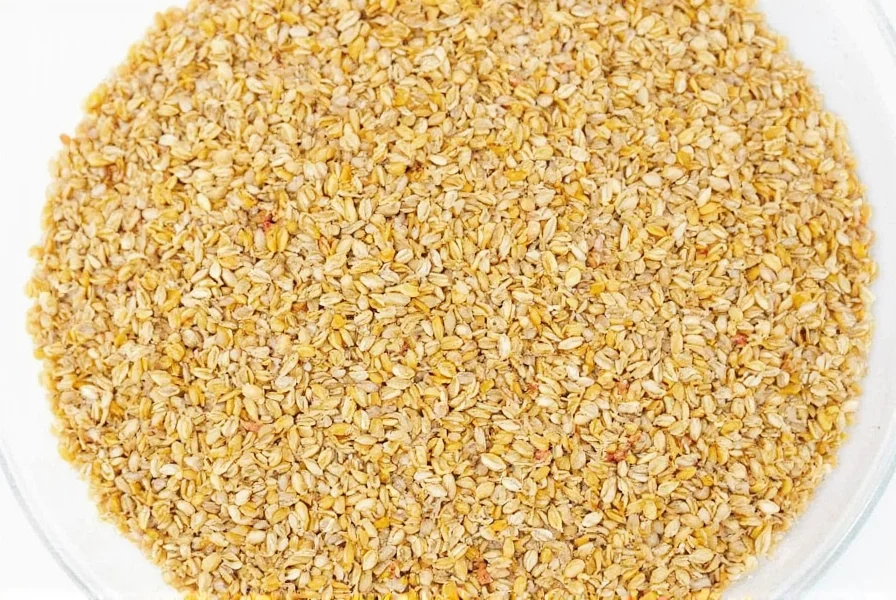
Organic farming practices ensure that these seeds are not only better for your body but also better for the environment. They’re rich in essential nutrients like calcium, iron, magnesium, and healthy fats, making them a superfood worth incorporating into your diet.
Why Go Organic? Benefits of Choosing Organic Sesame
Here’s why going organic makes sense when it comes to sesame seeds:
- No chemical residues: Non-organic sesame may contain traces of harmful pesticides that linger long after harvest.
- Better flavor: Many people claim organic sesame has a richer, more complex taste compared to conventional varieties.
- Environmentally friendly: Organic farming supports biodiversity and reduces soil degradation.
- Ethical sourcing: Most organic sesame is produced by small-scale farmers using sustainable methods.
| Feature | Conventional Sesame | Organic Sesame |
|---|---|---|
| Pesticides | Often present | None |
| Taste | Mild, sometimes bland | Richer, nuttier |
| Nutritional Value | Moderate | Higher due to natural growing conditions |
Health Benefits of Sesame Seeds
You might be surprised at how much goodness is packed into such tiny seeds! Here are some top health benefits of adding sesame organic to your meals:
- Heart Health: Rich in polyunsaturated fats and antioxidants, they help reduce bad cholesterol levels and support cardiovascular function.
- Bone Strength: High in calcium and magnesium—two minerals essential for strong bones and teeth.
- Hormonal Balance: Contains lignans that may help regulate estrogen levels, especially beneficial during menopause.
- Digestive Aid: The fiber content helps promote regular bowel movements and gut health.
- Skin & Hair Benefits: Loaded with zinc and vitamin E, which contribute to glowing skin and healthy hair.
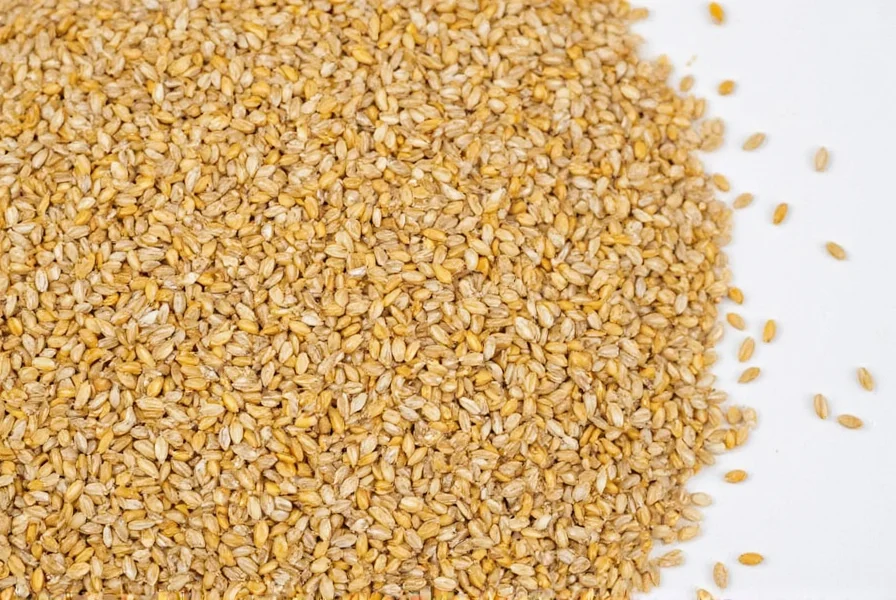
How to Use Organic Sesame in Your Kitchen
From baking to seasoning, sesame seeds can elevate both sweet and savory dishes. Here are some practical ways to use sesame organic in your everyday cooking:
- Toast them lightly: Enhances their nutty flavor. Sprinkle over salads, oatmeal, or roasted vegetables.
- Make homemade tahini: Blend toasted sesame seeds with olive oil, lemon juice, and salt for a creamy dip or sauce base.
- Add to baked goods: Great on bread rolls, muffins, and cookies for extra crunch and flavor.
- Use in Asian cuisine: Stir-fries, sushi rolls, and noodle dishes often call for sesame seeds and oil.
- Infuse oils: Make sesame-infused oil by gently heating seeds in a carrier oil like sunflower or grapeseed oil.
| Use Case | Best Type of Sesame | Preparation Tip |
|---|---|---|
| Salad topping | White hulled sesame | Toast before serving |
| Baking | Black unhulled sesame | Mix into dough or sprinkle on top |
| Smoothies/dips | Raw white sesame | Soak overnight for easier blending |
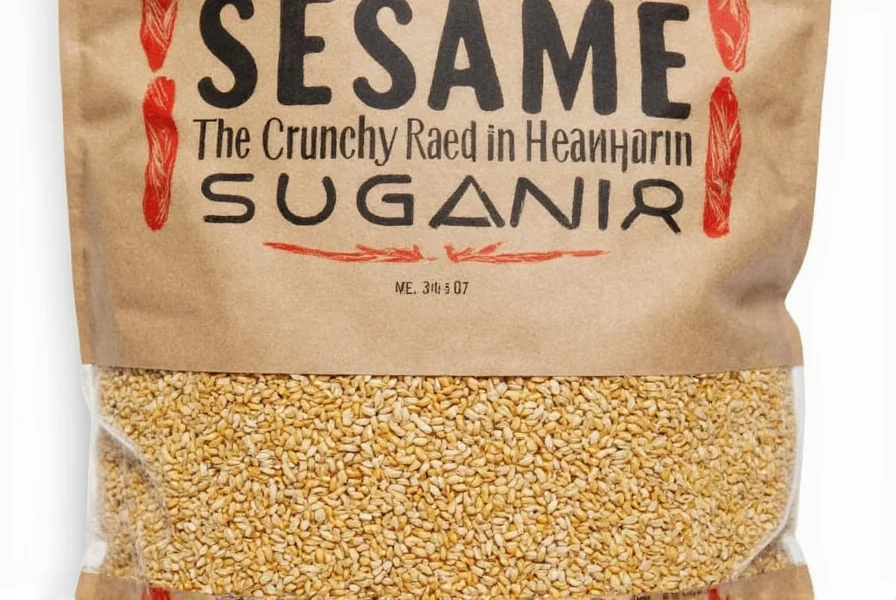
Buying Guide: Choosing the Best Organic Sesame Products
With so many options out there, it can be tricky to know what to look for when shopping for sesame organic. Here's your ultimate guide to selecting high-quality products:
Types of Organic Sesame Products
- Whole Seeds: Ideal for toasting, baking, and garnishing.
- Ground/Sesame Flour: Great for thickening sauces or adding to energy bars.
- Tahini: A versatile paste perfect for dressings, dips, and desserts.
- Sesame Oil: Use cold-pressed for finishing dishes or refined for frying.
Things to Look For
- Certifications: USDA Organic, EU Organic, or other reputable standards.
- Country of origin: Popular sources include India, Ethiopia, and Mexico.
- Packaging: Air-tight containers or resealable bags keep seeds fresh longer.
- Fragrance: Fresh sesame should smell nutty and slightly sweet.
- Color consistency: Uniform color indicates good quality processing.
Recommended Brands
| Brand | Type | Key Feature | Best For |
|---|---|---|---|
| Bob’s Red Mill | White Sesame Seeds | USDA Organic certified, stone-ground flour option | Baking, sprinkling |
| Artisana Organics | Unhulled Black Sesame | Raw, vegan-friendly, great mineral source | Smoothies, supplements |
| Spectrum Naturals | Organic Tahini | Smooth, rich flavor with no added sugar or oil | Dips, dressings, sauces |
| La Tourangelle | Toasted Sesame Oil | Small-batch pressed, French-made | Finishing Asian dishes |
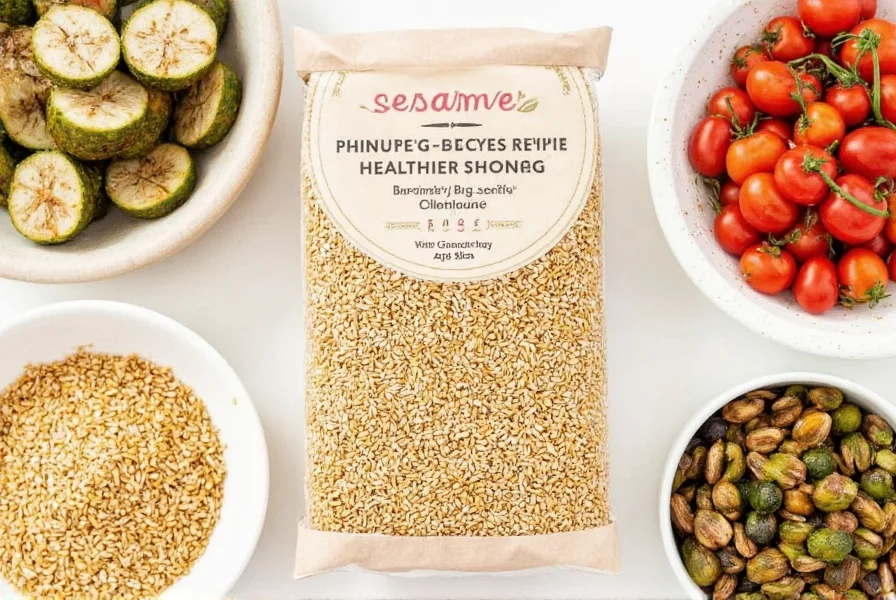
Growing and Harvesting Organic Sesame
Sesame plants thrive in warm climates and require minimal water, making them an ideal crop for sustainable agriculture. Organic farming emphasizes crop rotation, compost-based fertilization, and natural pest control techniques to ensure healthy growth without harming the ecosystem.
The harvesting process is typically manual in organic farms to avoid damaging the delicate seed pods, which burst open when fully ripe—a phenomenon known as 'shattering'. This requires careful timing and labor-intensive practices but results in superior quality seeds.
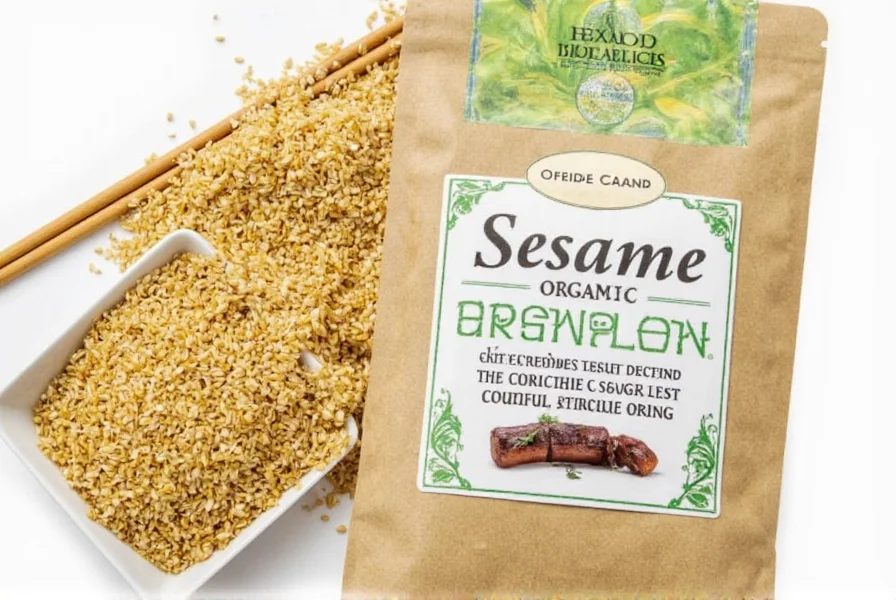
Frequently Asked Questions (FAQs)
Are all organic sesame seeds raw?
No, they can be raw or roasted. Raw seeds retain more enzymes and nutrients, while roasted seeds offer a stronger flavor profile.
Can I grind my own sesame flour at home?
Absolutely! Simply roast and blend sesame seeds in a high-speed blender until you reach the desired consistency. Store in an airtight container for up to a month.
Is organic sesame safe for people with allergies?
While less common than peanut or tree nut allergies, sesame allergy is real and potentially severe. Always read labels carefully and consult a healthcare provider if unsure.
Does organic sesame need refrigeration?
Due to its high oil content, sesame can go rancid if stored improperly. Keep it in a cool, dark place, or refrigerate for extended shelf life.
Conclusion
Whether you're drizzling tahini over roasted veggies, sprinkling seeds on your morning toast, or exploring global cuisines, sesame organic is a flavorful, nutritious addition to any kitchen. With its impressive health benefits, eco-friendly production, and unmatched versatility, it's no wonder this ancient seed has stood the test of time.
Now that you're equipped with the knowledge and inspiration, go ahead and explore the world of organic sesame—you won’t regret it!
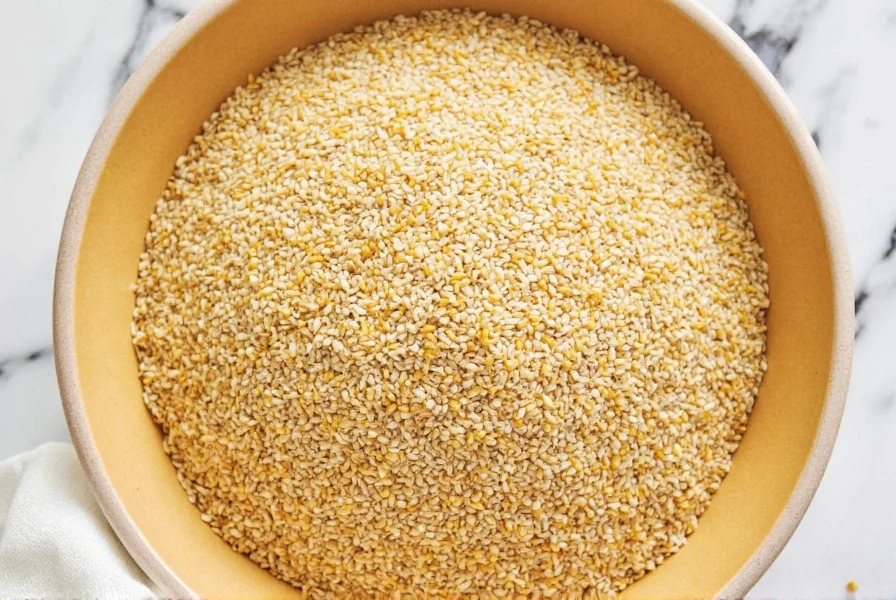

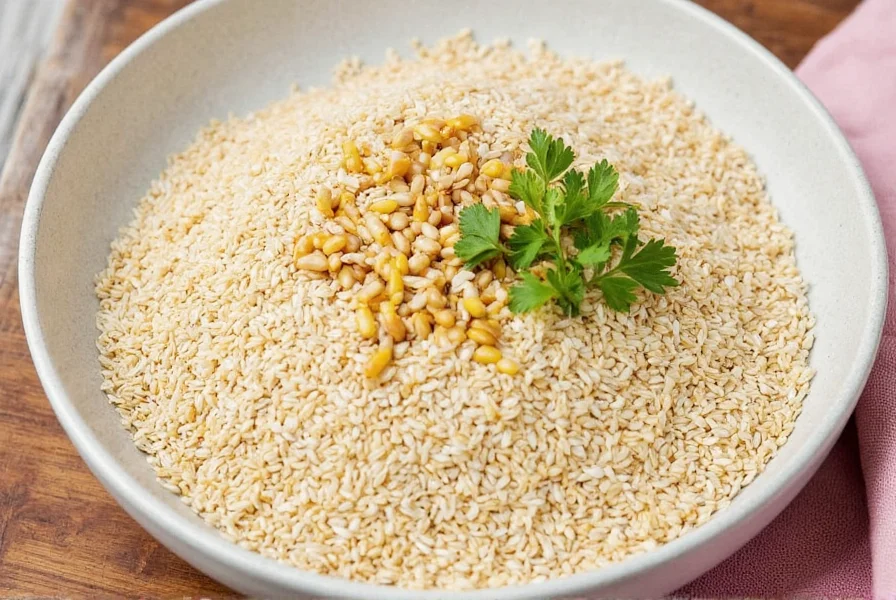









 浙公网安备
33010002000092号
浙公网安备
33010002000092号 浙B2-20120091-4
浙B2-20120091-4